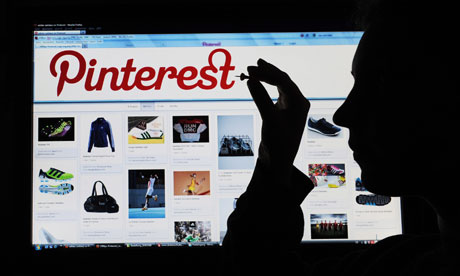
Discussions about the future of theatre criticism seem to be evergreen. It is a debate that continues to impassion bloggers, and one that arose again at the latest instalment of Devoted and Disgruntled back in February, in a session challenging the barrier traditionally erected between theatremakers and critics. One linked but relatively neglected aspect of the conversation, however, is how criticism might fully explore and exploit the growing possibilities allowed by digital developments.
When it comes to digital, I think we're all still fumbling around in the dark. In the world of theatre comment, this has manifested itself in recurring, sometimes ugly debates between mainstream critics and the blogging community. But what if the technology at our disposal offers more than occasion for conflict? While words alone can create a rich tapestry of critical response, imagine how much richer this might be with the addition of images, video, audio, geotagging, experimental forms such as Pinterest – the list goes on. Despite having such options at their fingertips, the majority of those writing theatre criticism for the web remain trapped in the conventional print review format: a block of text that often tries to avoid spoilers. Myriad possibilities are there, but it seems we're slow to adopt them.
This is not to dismiss all theatre writers as luddites. Some bloggers and critics are embracing the possibilities of digital criticism and experiments are beginning to take shape. Twitter, for instance, has opened up instant discussion, allowing theatregoers to share their thoughts from the moment they step out of the auditorium. Luke Murphy has taken the trend to another level by aggregating such reviews on one feed – an intriguing idea, but one arguably limited by the tweet's inherent brevity.
Matt Trueman, meanwhile, played with structure in his clickable review of Constellations earlier in the year, an experiment that had its flaws but asked fascinating questions about how the form of theatre criticism might reflect the form of the theatre being critiqued. A rich and ever-increasing variety of digital formats offer the opportunity to go even further. Might we begin to see purely visual responses to theatre through platforms such as Pinterest, or more video responses along the lines of blogger Eve Nicol's refreshingly enthusiastic YouTube reviews?
Beyond experimenting with form, and returning to the discussions initiated at Devoted and Disgruntled, the digital space even has the potential to set out a whole new model for how critics might engage with the theatre they write about. Theatre writers Jake Orr and Maddy Costa are beginning to do just this through the creation of Dialogue, an online playground where theatre makers, writers and spectators can open up new conversations. Thanks to the flexibility allowed by online criticism, where page space is not an issue and responses can go further than words, the role of the critic could in future go beyond reviewing to play a greater part in the space between theatre, creator and audience.
The possibilities raised by digital technology pose more questions than they answer, but these are questions that beg to be thrown open for wider debate. How might digital experimentation impact upon mainstream criticism? How can we play with form and structure to create the theatre criticism of the future? And, crucially, what implications does digital innovation have for the evolving role of the critic?

